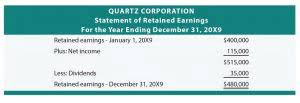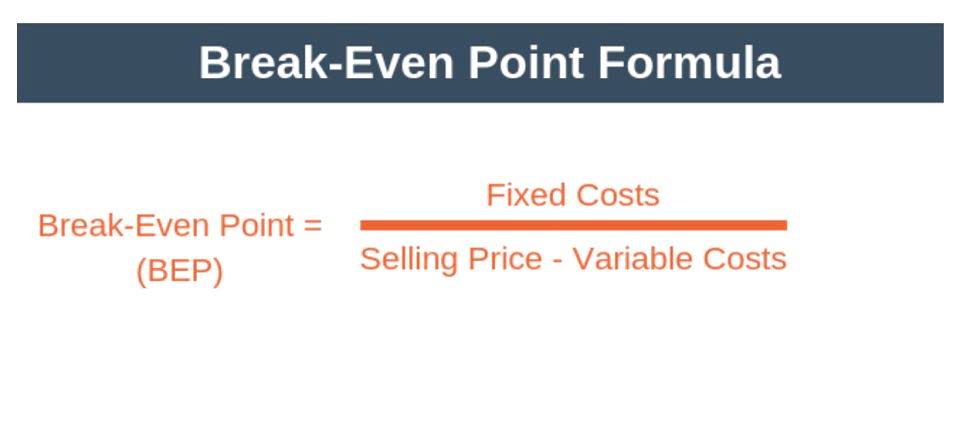
The term ‘discount’ refers to the deduction at a specified rate from the total amount receivable or payable based on the terms of the agreement. Therefore, if the discount is allowed, the receiver receives a lesser amount than the amount due, and the payer pays less amount than what is actually due to him. Hence, it is a loss to the one receiving payment but a gain to the person paying it. Trade discounts may be applicable to specific products or categories based on the agreement between the buyer and the seller. When we know the net price and need to find the original list price or the discount rate, we can rearrange Formula 7.3a to isolate and solve for the unknown variable.
Why You Can Trust Finance Strategists
By lowering the amount of cash required for inventory purchases, trade discounts can enhance a company’s operating cash flow. This increased liquidity can be crucial for maintaining day-to-day operations and meeting short-term obligations. A trade discount is a reduction trade discount examples in the list price of a product or service offered to a customer by a supplier. It differs from other forms of discounts such as cash discounts, quantity discounts, and promotional discounts because it is negotiated between the supplier and the customer.
- It differs from other forms of discounts such as cash discounts, quantity discounts, and promotional discounts because it is negotiated between the supplier and the customer.
- When we know the net price and need to find the original list price or the discount rate, we can rearrange Formula 7.3a to isolate and solve for the unknown variable.
- It’s important for businesses to understand the specific terms and conditions of trade discounts to effectively leverage these strategies for increasing sales and profit margins.
- All of our content is based on objective analysis, and the opinions are our own.
- As can be seen trade discounts are simply used to calculate the net price for the customer.
Do you own a business?
When dealing with multiple discounts, it can be complex and time-consuming to understand the total impact. A single equivalent rate simplifies this by providing a clear, concise figure that represents the overall effect of all the discounts combined. This makes it easier to compare different discount strategies or options. The equivalent rate of discount for a discount series is a single percentage that represents the cumulative effect of multiple trade discounts applied in sequence. It is a way to summarize the overall impact of a discount series as if it were a single discount rate. Moreover, trade discounts impact the balance sheet by altering the value of inventory.

How Trade Discounts Benefit Manufacturers
If they bought at-cost and marked up product, they’d exceed MSRP, which would drive customers to purchase from the manufacturer directly. Buying at a discount and selling at MSRP builds in margins and creates a viable, sustainable business model. One limitation is that trade discounts may not always lead to increased sales. For example, if the customer does not have the financial capacity to purchase in bulk, a quantity discount may not be effective in incentivizing them to buy more. Suppose James purchased goods from Ali of the list price of Rs. 50,000, on July 1, 2021. Ali allowed a 10% discount to James on the list price, for purchasing goods in bulk quantity.

Every store displays an array of products, each tagged with a price, and every discount sign represents a carefully calculated decision. This is where the unseen world of merchandising mathematics plays a pivotal role. Trade discounts come in various forms, each designed to incentivize different purchasing behaviors.

It is a key component in retail, but it also extends to various other sectors where goods are sold, be it physical products or online services. It is important to realize that the cash discount is based on the customers invoiced price of 840 (after the trade https://www.bookstime.com/articles/what-are-t-accounts discount) and not on the original list price of 1,200. A trade discount is a routine reduction from the regular, established price of a product. The use of trade discounts allows a company to vary the final price based on each customer’s volume or status.
What is the Difference Between Trade Discount and Cash Discount?

Cash Discount Journal Entry
Accounting of trade discount
- Additionally, trade discounts may not apply to all locations and may be targeted to specific subsets.
- The net price, denoted as ‘N’, is determined by subtracting the discount amount from the list price.
- Trade discounts are offered by businesses to customers who purchase their products or services in bulk.
- Eventually, the remaining amount becomes the sale price or the invoice price for the items.
- The seller would not record a trade discount in its accounting records.
